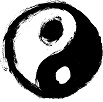
Taoism or Daoism refers to either a school of philosophical thought or to a religion – both share ideas and concepts of Chinese origin and emphasize living in harmony with the Tao.
Taoism has been connected to the philosopher Lao Tzu, who around 500 BC wrote the main book of Taoism, the Tao Te Ching. Taoism holds that humans and animals should live in balance with the Tao, or the universe. Taoists believe in spiritual immortality, where the spirit of the body joins the universe after death.
The Tao Te Ching, a book containing teachings attributed to Laozi, together with the later writings of Zhuangzi, are both widely considered the keystone works of Taoism.
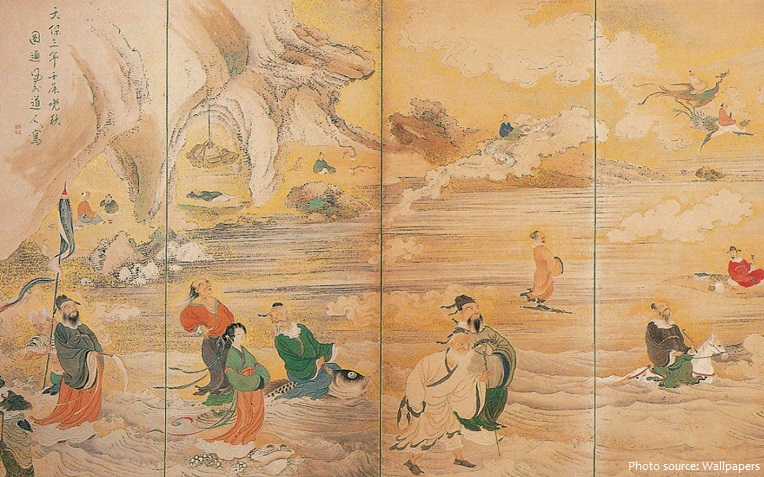
The roots of Taoism go back at least to the 4th century BC. Early Taoism drew its cosmological notions from the School of Yinyang (Naturalists) and was deeply influenced by one of the oldest texts of Chinese culture, the I Ching, which expounds a philosophical system about how to keep human behavior in accordance with the alternating cycles of nature. The Legalist Shen Buhai (c. 400 – c. 337 BC) may also have been a major influence, expounding a realpolitik of wu wei, or qualified inaction.
It emphasizes doing what is natural and “going with the flow” in accordance with the Tao (or Dao), a cosmic force which flows through all things and binds and releases them. The philosophy grew from an observance of the natural world, and the religion developed out of a belief in cosmic balance maintained and regulated by the Tao. The original belief may or may not have included practices such as ancestor and spirit worship but both of these principles are observed by many Taoists today and have been for centuries.
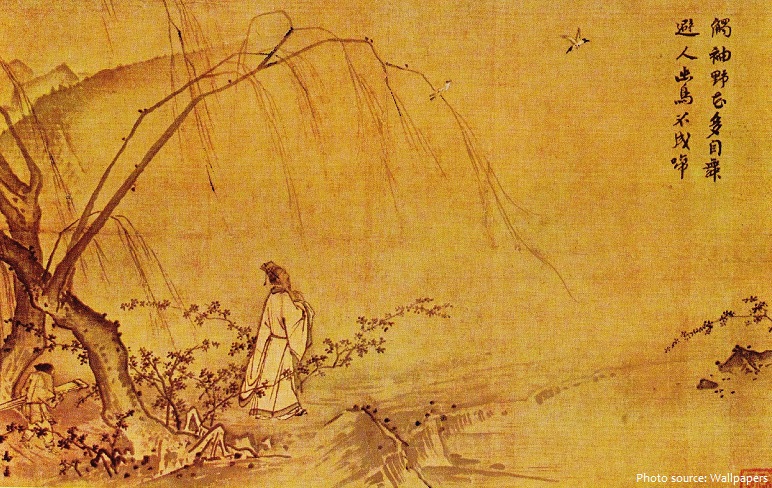
In the broadest sense, a Taoist attitude toward life can be seen in the accepting and yielding, the joyful and carefree sides of the Chinese character, an attitude that offsets and complements the moral and duty-conscious, austere and purposeful character ascribed to Confucianism.
Taoism is also characterized by a positive, active attitude toward the occult and the metaphysical (theories on the nature of reality), whereas the agnostic, pragmatic Confucian tradition considers these issues of only marginal importance, although the reality of such issues is, by most Confucians, not denied.
Taoism became a semi-official Chinese religion during the Tang dynasty and continued during the Song dynasty. As Confucianism gained popularity Taoism gradually fell from favour, and changed from an official religion to a popular religious tradition.
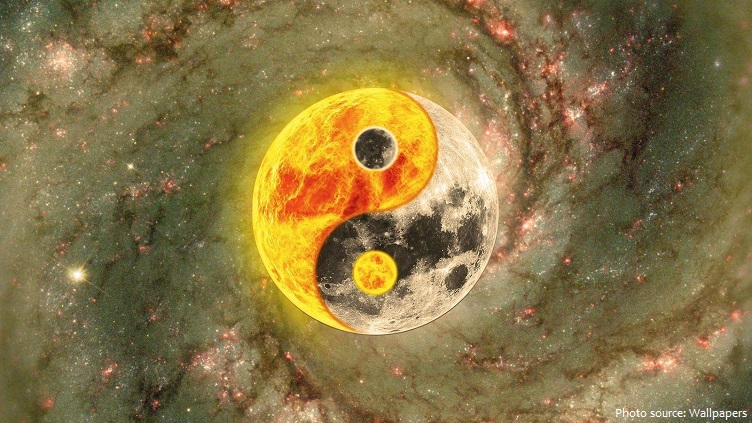
Taoism became well-known in the eighth century AD as the religion of the Tang dynasty. In the following centuries, it existed alongside Buddhism and Confucianism (another philosophical religion). However, during the Communist takeover in 1959, Taoism, Confucianism, and other religions were banned. This caused a decline in the practice of Taoism in China. Many modern Taoists live in Taiwan, although recent reforms in China have increased the number of Chinese Taoists.
Tao literally means “way”, but can also be interpreted as road, channel, path, doctrine, or line. In Taoism, it is “the One, which is natural, spontaneous, eternal, nameless, and indescribable. It is at once the beginning of all things and the way in which all things pursue their course.” It has variously been denoted as the “flow of the universe”, a “conceptually necessary ontological ground”, or a demonstration of nature. The Tao also is something that individuals can find immanent in themselves.
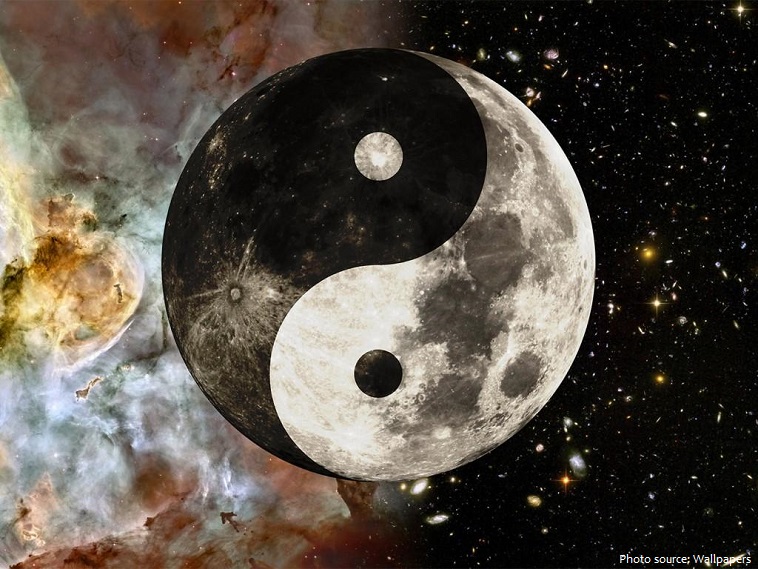
The taijitu commonly known as the “yin and yang symbol” or simply the “yin yang” – and the Bagua – “Eight Trigrams” – have importance in Taoist symbolism. In this cosmology, the universe creates itself out of a primary chaos of material energy, organized into the cycles of Yin and Yang and formed into objects and lives. Yin is the receptive and Yang is the active principle, seen in all forms of change and difference such as the annual season cycles, the natural landscape, the formation of both men and women as characters, and sociopolitical history. While almost all Taoist organizations make use of it, its principles have influenced Confucian, Neo-Confucian or pan-Chinese theory. One can see this symbol as a decorative element on Taoist organization flags and logos, temple floors, or stitched into clerical robes. According to Song dynasty sources, it originated around the 10th century AD. Previously, a tiger and a dragon had symbolized yin and yang.
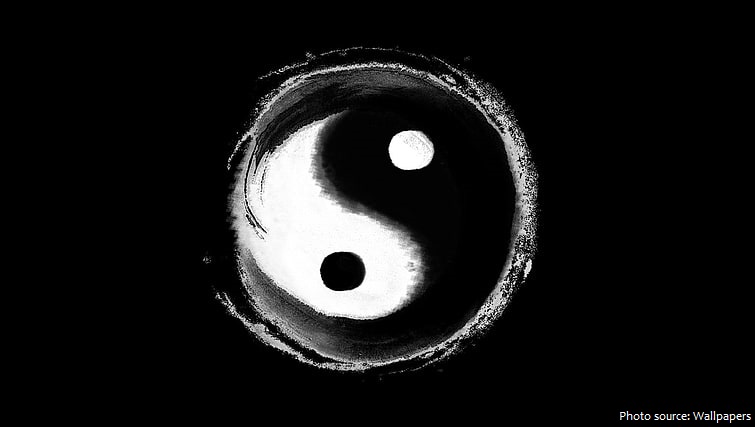
Taoist temples in southern China and Taiwan may often be identified by their roofs, which feature dragons and phoenixes made from multicolored ceramic tiles. They also stand for the harmony of yin and yang (with the phoenix representing yin). A related symbol is the flaming pearl, which may be seen on such roofs between two dragons, as well as on the hairpin of a Celestial Master. In general though, Chinese Taoist architecture lacks universal features that distinguish it from other structures.
Mount Laojun in Luoyan, Henan Province, China is a sacred site for Taoists. Hundreds of Taoists embark on pilgrimages every year along with tourists from around the world to see this spectacular site.
Today, the Taoist religion is one of the five religious doctrines officially recognized by the People’s Republic of China (PRC), including in its special administrative regions (SARs) of Hong Kong and Macau. It is also a major religion in Taiwan and has a significant number of adherents in a number of other societies throughout East and Southeast Asia, particularly in Malaysia, Singapore and Vietnam.
